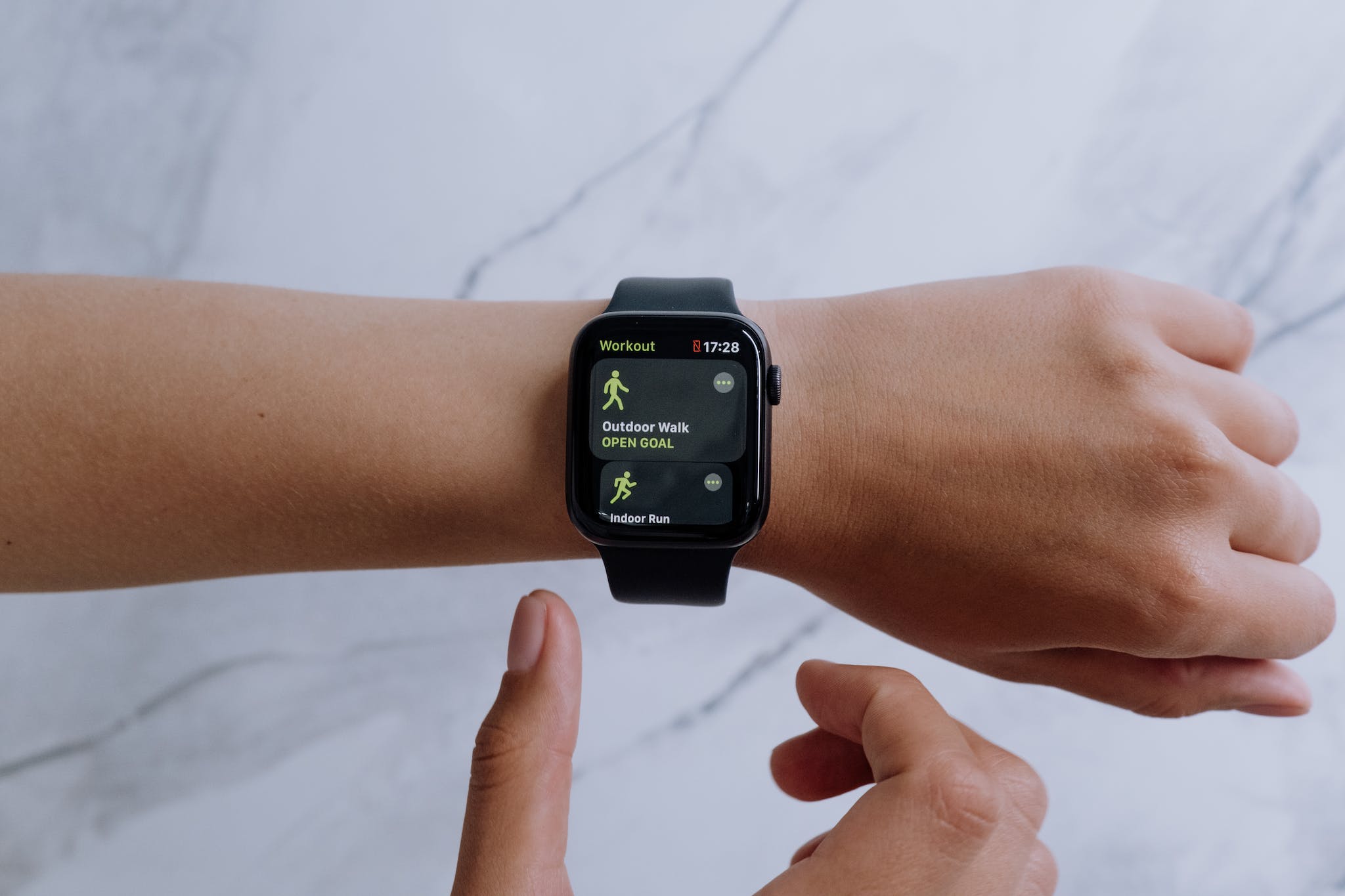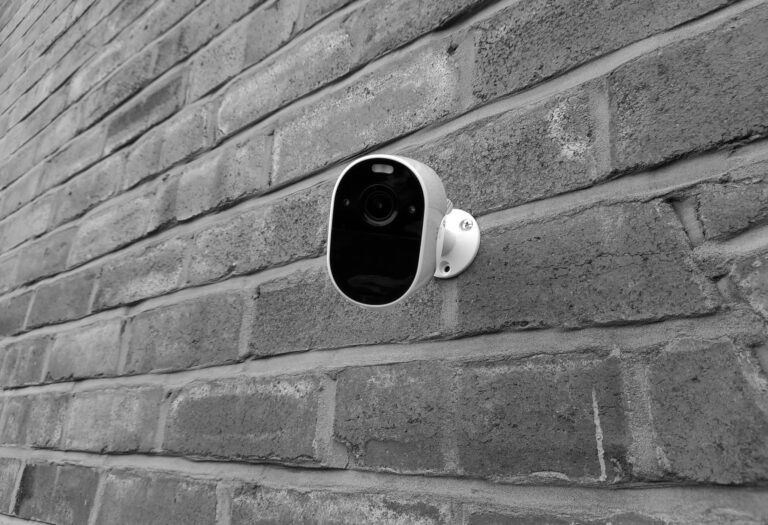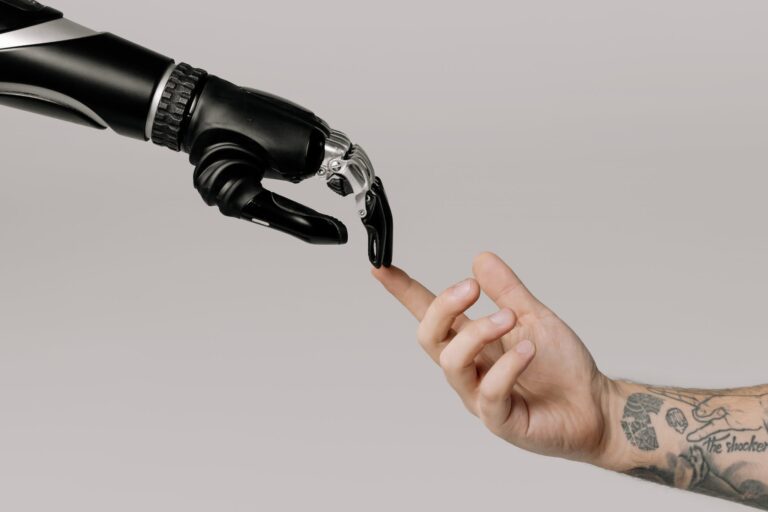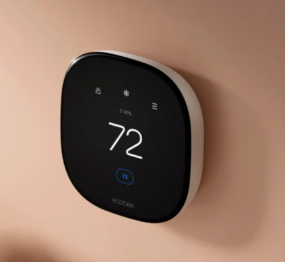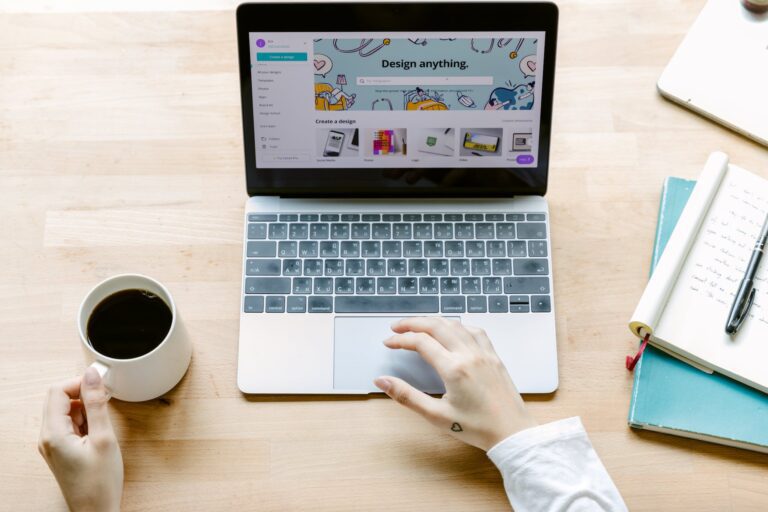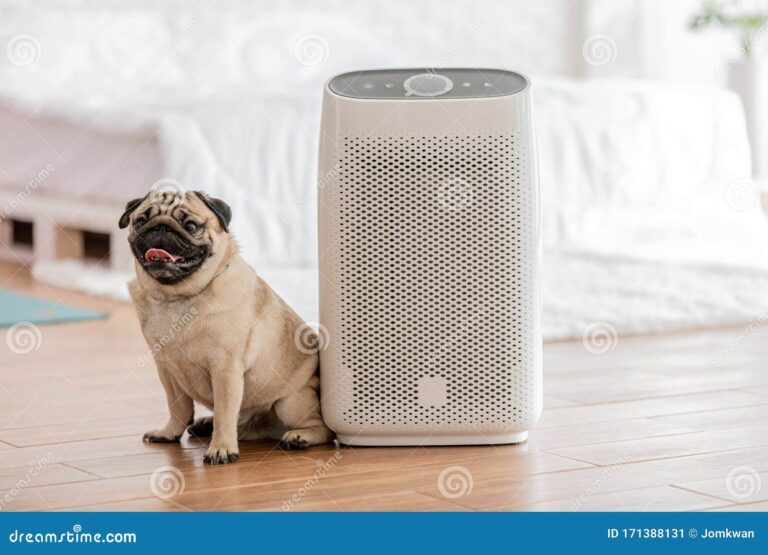Digital Health Technology Guide
Digital health technology has transformed how we monitor, manage, and improve our personal health and wellness. This comprehensive guide examines the key impacts, benefits, and potential risks of our increasing reliance on health apps, wearable devices, online resources, telemedicine, remote monitoring, and data analytics. After reading, you’ll be empowered to take full advantage of these innovations while finding balance.
The Digital Health Revolution
The healthcare industry is undergoing massive technological disruption for the better. Digital health technology solutions like wearables, apps, virtual care, and analytics are making healthcare more:
- Personalized
- Predictive
- Preventive
- Participatory
Patients now have unprecedented access to their own health data along with more care options.
According to research firm IDC, global spending on digital health is predicted to reach over $500 billion by 2025, more than double 2019 expenditures. The COVID-19 pandemic significantly accelerated adoption of remote care and telemedicine. But the digital health trend was already well underway.


Digital health market size projected to top $500 billion by 2025. Source: IDC
Major growth areas include:
- Telemedicine and virtual care
- Wearable devices and health apps
- Online patient portals
- Remote monitoring systems
- Digital therapeutics
- Healthcare analytics with AI and big data
These technologies expand care beyond the clinic walls, engage patients in managing conditions, focus on overall wellness, enable rapid data analytics, and increase healthcare access. Realizing the full benefits requires savvy adoption strategies.
Top Health Apps and Wearables
Health apps and wearable devices have exploded in popularity recently. The market for wearables alone is predicted to reach $27 billion by 2024. These tools allow you to easily track fitness, sleep, nutrition, vital signs, and more.
Must-Have Health and Wellness Apps
- MyFitnessPal: Food/nutrition tracker with huge database
- Headspace: Guided meditation and mindfulness exercises
- Strava: Fitness tracking and route mapping for running, cycling, etc.
- Fitbit App: Syncs with Fitbit devices to track activity, sleep, heart rate
- Calm: Sleep, meditation, and mental wellness sessions
- 10% Happier: Meditation lessons and coaching
- Aaptiv: Audio-based personal trainer led workout videos
- Peloton App: On-demand and live stream spinning classes
- BetterHelp: Online counseling and therapy
- TalkSpace: Online therapy with live video sessions
- MyTherapy: Medication reminders and health tracking
These apps motivate you to set health goals, stay active, reduce stress, eat healthier, and build positive habits. Social sharing, competitions, and rewards make them habit-forming. Closely review privacy policies during setup. I recommend starting with one or two apps that suit your needs rather than going overboard. Quality over quantity prevents app overload.
Top Wearable Health Devices
- Apple Watch: Fitness and heart rate tracking with fall detection
- Fitbit Sense: Fitness, EDA stress sensing and skin temperature
- Oura Ring: Activity, sleep and readiness score tracking
- Whoop Band: Fitness tracker focused on recovery and strain
- Garmin Watch: Robust fitness tracking with performance metrics
- Withings ScanWatch: Fitness, heart rate, SpO2 and sleep tracking
- Amazon Halo: Body fat percentage and tone analysis
- Dexcom G6: Continuous glucose monitor for diabetes
- Apple Watch: On-demand ECG capability
- QardioArm: Wireless blood pressure monitoring
I highly recommend the Apple Watch Series 7 for its exceptional health and activity tracking, robust app ecosystem, safety features like fall detection, and tight integration with iPhones. Use the Medical ID to provide emergency health details.
These wearables collect incredible amounts of personalized health data. I suggest reviewing the data weekly rather than constantly obsessing over daily fluctuations. Use the insights to drive positive habit changes over the long-term.
Evaluating Online Health Information
The internet provides a wealth of health and wellness information with just a few clicks. But this easy access is a double-edged sword. While excellent resources exist online, claims made in forums, social networks, and even reputable looking websites can range from misleading to downright dangerous.
When searching online health topics, check the source, author credentials, citations, and date. Be very wary of anecdotal advice, anonymous testimonials, or conspiracy theories without evidence. Verify any serious claims against trusted sources like:
- MedlinePlus – Reliable health information from NIH
- CDC – Data and guidance from the Centers for Disease Control
- FDA – Drug safety and recall info from the Food and Drug Administration
- WHO – Global health data and advisories from the World Health Organization
- MayoClinic – Articles by top Mayo Clinic physicians
- Health.gov – Resources from the Office of Disease Prevention
- Psychiatry.org – Mental health info from the American Psychiatric Association
- Cancer.gov – Cancer screening and treatment guidelines
Avoid “Dr. Googling” vague symptoms obsessively. Take a break if it causes anxiety. Speak to your physician if legitimate concerns persist.
Protecting Your Health Data Privacy
Our health apps, wearables, records, insurance claims, and even DNA produce staggering amounts of sensitive personal data. It’s crucial we take proper precautions to keep this private and prevent identity theft.
Unfortunately, data breaches are common in healthcare. According to the U.S. Department of Health and Human Services (HHS), there were 450 major breaches from 2009 to 2019, exposing approximately 155 million people’s data.
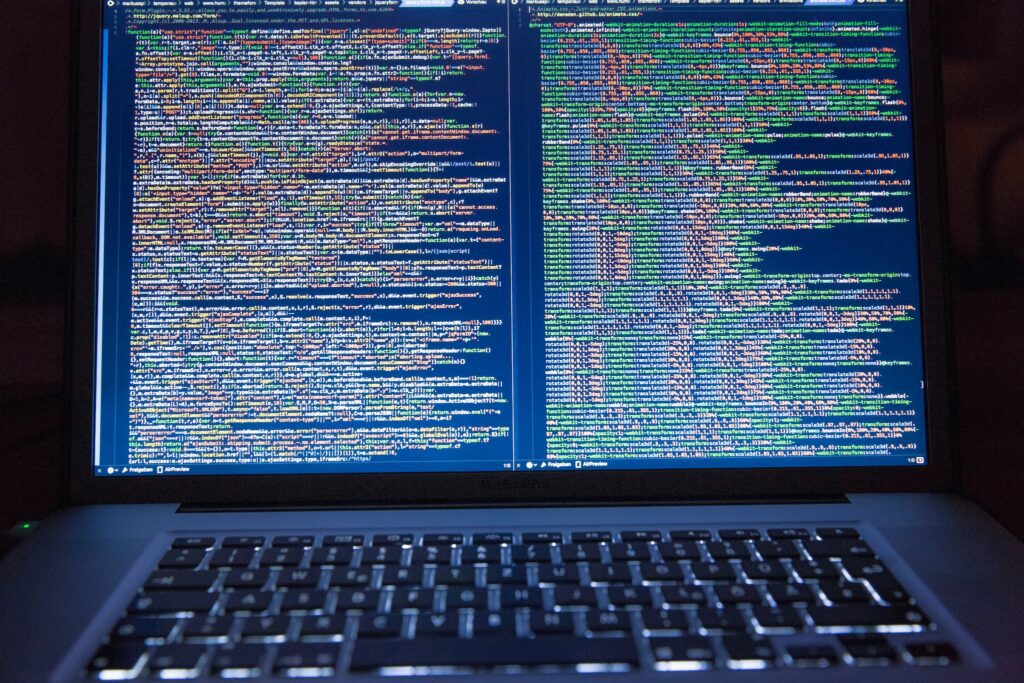

Major healthcare data breaches 2009-2019 impacting 155 million people. [Source: HHS]
What steps can you take to protect your privacy?
- Review app privacy policies and opt out of any unnecessary data sharing with third parties. Some apps auto opt-in.
- Prioritize apps and devices with strong data encryption, multi-factor authentication, and permissions controls. For example, Apple prioritizes health data privacy.
- Never share medical information publicly on social media. Tighten privacy settings.
- Monitor your insurer’s website for any unauthorized claims. Report suspicious activity immediately.
- If using a fitness tracker, use a pseudonym rather than your real full name. Avoid listing birthdate or location.
- Enable two-factor authentication on healthcare related accounts and password managers. Use long randomly generated passwords that would be difficult to guess. Change these periodically.
- Ask your healthcare providers about procedures they have in place to protect your electronic medical records.
- Store paper medical records securely at home in a locked safe or cabinet rather than haphazard piles. Use cross-cut shredders to destroy unneeded sensitive paperwork.
- Order copies of your records periodically to review for accuracy. Report any errors for correction.
- Consider identity protection services that monitor for misuse of your personal information online.
With vigilance around sharing data only when required, and smart security precautions, you can harness health technologies while maintaining privacy.
The Rise of Telemedicine and Remote Monitoring
Among the most transformational digital health innovations are telemedicine and remote monitoring. Telehealth provides medical care and advice to patients via phone or video instead of going into clinics. Remote monitoring allows patients to share real-time vitals and data with providers from home.
According to McKinsey, 46% of consumers now use telehealth to replace canceled healthcare visits. The global telemedicine market is expected to grow over 25% annually, reaching nearly $560 billion by 2026.
Conditions Often Treated Remotely:
- High blood pressure
- Diabetes
- Allergies
- Asthma
- Depression or anxiety
- Minor injuries
- Cold and flu
- Smoking cessation
- Infertility
Top Telemedicine Providers:
- Teladoc – General and mental health video visits
- AmWell – Primary, urgent, and specialty video care
- DoctorOnDemand – Urgent, behavioral, and wellness video care
- PlushCare – Primary care & mental health video visits
- MDLive – Pediatric, adult, and behavioral video visits
Remote monitoring systems allow tracking of chronic conditions:
- Glucose monitors like Dexcom G6 help diabetes patients.
- Blood pressure monitors like Omron 10 Series detect hypertension.
- Pulse oximeters like MightySat measure blood oxygen saturation.
- Smart scales can track heart failure signs like sudden weight gain.
- ECG readers like KardiaMobile 6L monitor atrial fibrillation.
- Smart inhalers with Bluetooth track usage for asthma and COPD.
These connected devices sync data via apps to share with providers in real-time, allowing rapid interventions as needed. Those with chronic conditions can especially benefit from exploring available options.
The Future of Digital Health
The digital health transformation enables us to take charge of our wellness like never before. Seemingly every month, new innovations, apps, wearables, and virtual care platforms arrive. But handling this wisely requires being selective, balancing screen time with offline activity, verifying sources, and securing your data.
By prioritizing solutions with robust privacy safeguards, applying discretion around data sharing, and setting reasonable limits, you can harness technology to achieve better health outcomes. The future of digital health is bright if we navigate it with care.
References
- CDC Physical Activity Guidelines
- IDC Digital Health Market Forecast
- HHS Healthcare Data Breach Report
- McKinsey – Telehealth’s Rise After COVID-19



